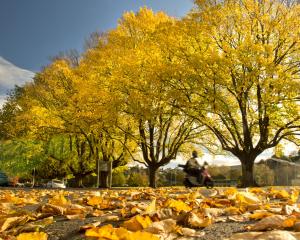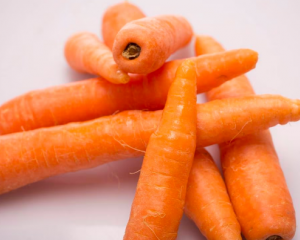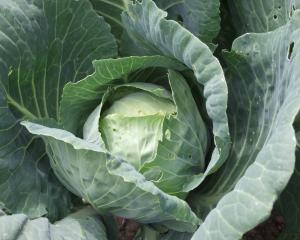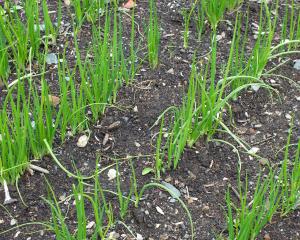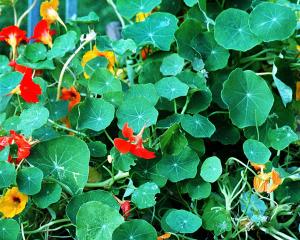Vegetables
Raising plants from seed is cost-effective and gives greater choices than buying plants from garden centres.
Seeds sown during dry weather should be put in a little deeper in the ground.
Watering the rows thoroughly before sowing and again when the seedlings appear will help germination and get plants growing steadily.
Parsley can provide a successional crop if sown in small amounts. Choose an open situation in soil that does not dry out in hot weather.
Add organic manures if these are lacking.
Potato plants can be banked up with soil before the leaves develop too much.
Once that happens, building banks is difficult without damaging the plants. Early peas or potatoes may be inter-cropped with any of the brassicas used for winter greens.
Between the rows of late dwarf peas or beans, sow spinach, turnips and radish.
Radish is a quick-maturing plant that can tolerate some shade in the summer.
Keep all plants clear of close-growing weeds, either using a hoe or pulling them by hand.
Peas making good growth can be helped with staked netting or wire brush placed by the rows for the plants to climb up.
Make further sowings for succession crops.
Cauliflower, cabbage and lettuce plants in the garden will benefit from regular waterings of liquid manure.
If the soil is a clay type, a side dressing of sulphate of ammonia or urea (50g for 10 plants) will be helpful.
Do not let the fertiliser touch the leaves or stems, but fork lightly into the soil.
Carrots can still be sown.
Parsnips, which have a longer growing season than other root crops, need to be sown now. Shorter-rooted varieties such as Avonresister should be chosen for shallow or clay soils.
Flowers
Marigolds, zinnias, asters and cosmos sown under cover in August will be ready for planting out in the open.
If the garden is exposed to southwest winds and late frosts, however, leave the plants in boxes and harden off by exposing them to day-time weather, but shelter at night.
Lilac bushes will finish flowering soon and can be pruned to reduce in size or improve their shape.
Violas and pansies raised from cuttings last autumn can be planted out.
Well-worked, liberally-manured soil will ensure fine blooms and a long display.
Polyanthus and primroses can be kept in a cool, shaded place if they are removed from beds for summer annuals.
Divide large clumps into as many pieces with roots.
Water well and make the soil firm when planting.
Polyanthus seeds can be sown for planting out next autumn.
Biennial and perennial seeds such as Russell lupins, Aquilegia, pyrethrum, penstemon, scabious, viola, sweet William and hollyhock can also be sown.
Fruit
Berry fruits - red, white and black currants, raspberries and related fruits - will benefit from mulching with garden compost or rotted stable manure to feed the growing crop and help retain spring moisture in the soil.
Liquid manure applied to soft fruits plants during the active growing season will bring immediate results.
Plums, peach, nectarine and apricot trees carrying heavy crops may need to have some of the young fruit thinned to let the remainder develop more and reduce the strain on heavy-bearing branches.
Cape gooseberry is an annual in districts where frosts are severe but, if planted in a sheltered position, it may survive several years.
Put young plants 50cm to 70cm apart in rich soil once the ground is warm.
The fruit ripens in autumn and early winter.


